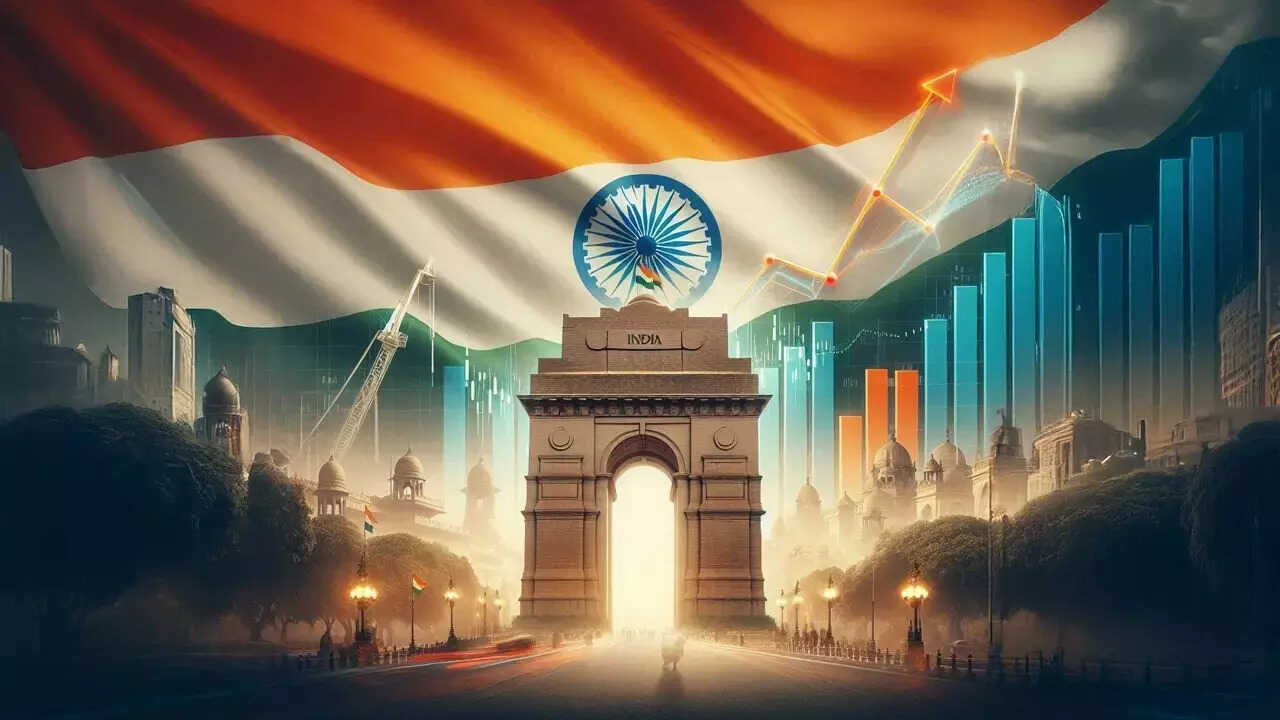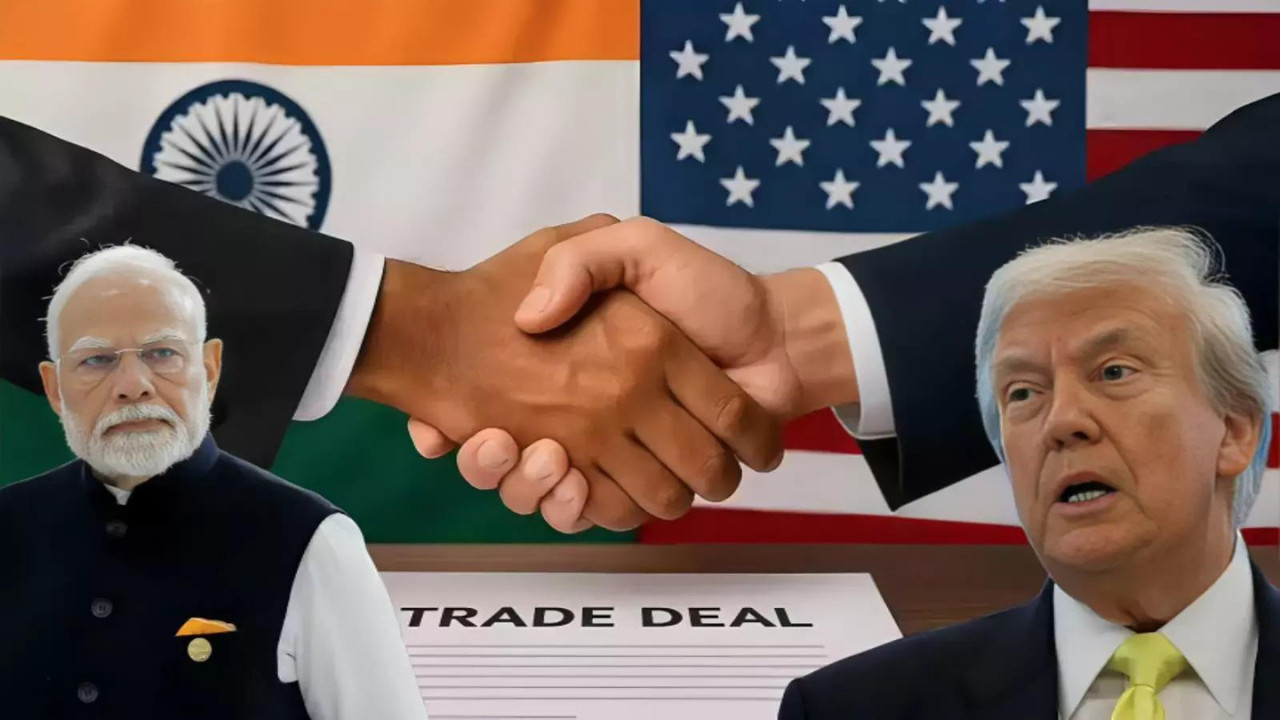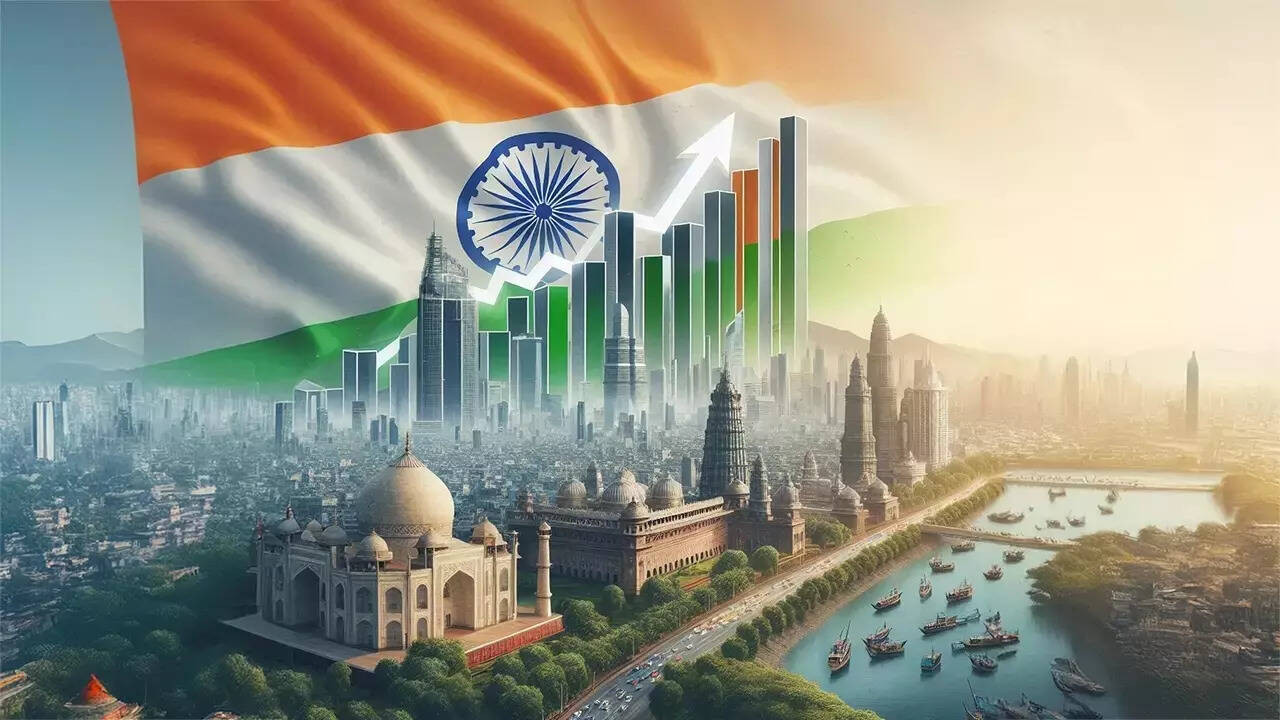The Nuclear Club: A Look Inside the World’s Most Exclusive – and Worrying – Group
Okay, let’s talk about something that’s perpetually simmering in the background, something that shapes global politics and, frankly, gives a lot of people the jitters: nuclear weapons. We often hear snippets on the news, see headlines about escalating tensions, but rarely do we take a good, hard look at the landscape of nuclear power.
So, who exactly holds the keys to the kingdom of controlled annihilation? And how does India, a rising global power, stack up against the other players? Let’s dive in, not with doomsday predictions, but with a dose of informed curiosity.
Unsurprisingly, the frontrunners in this grim race are the usual suspects. The United States and Russia, inheritors of the Cold War arms race, still possess the lion’s share of the world’s nuclear arsenal. We’re talking thousands of warheads each. These are the undisputed heavyweights, constantly modernizing their arsenals and, hopefully, engaging in some form of (highly secretive) dialogue about de-escalation. The sheer destructive potential residing within these two nations is, to put it mildly, staggering.
Then comes the next tier. China, a rapidly ascending superpower, is steadily increasing its nuclear capabilities. While its arsenal is significantly smaller than the US and Russia, the pace of expansion is what has everyone watching closely. It reflects China’s broader ambition to project power and influence on the global stage. Their nuclear doctrine is also something to keep an eye on – do they see these weapons purely as a deterrent, or as a more active component of their strategic toolkit?
Next, we stumble into the somewhat murkier waters of the UK and France. These European powers maintain relatively smaller, yet sophisticated, nuclear forces. Their rationale often revolves around maintaining national security and playing a role in global deterrence within the NATO framework. It’s worth noting that these programs are often subject to intense domestic scrutiny, with ongoing debates about the cost and ethical implications.
Now, let’s get to the South Asian context. India, after conducting nuclear tests in 1998, declared itself a nuclear weapon state. This move, while controversial at the time, significantly altered the geopolitical landscape of the region. India’s stated nuclear policy is one of “no first use,” meaning it pledges to only use nuclear weapons in retaliation against a nuclear attack.
And right next door is Pakistan, India’s long-time rival. Pakistan also possesses nuclear weapons, developed in response to India’s program. This creates a complex and, frankly, nerve-wracking situation. The tension between the two countries is palpable, and the existence of nuclear weapons on both sides raises the stakes considerably. The international community is perpetually concerned about the potential for escalation and the need for robust safeguards to prevent accidents or miscalculations. It’s a delicate dance, and the world holds its breath watching.
Then we have Israel, a nation that neither confirms nor denies its possession of nuclear weapons, maintaining a policy of “nuclear ambiguity.” The prevailing belief, however, is that Israel possesses a significant arsenal, a strategic imperative given the complex security environment it faces in the Middle East.
Finally, we have North Korea, a nation that has conducted multiple nuclear tests and continues to develop its nuclear and missile capabilities, in defiance of international sanctions. The situation with North Korea is incredibly volatile, and their pursuit of nuclear weapons has been a major source of global instability.
So, where does India stand in all of this? Well, the numbers suggest that it lags behind the US, Russia, and China in terms of warhead stockpiles. However, what’s often overlooked is the sophistication of India’s nuclear delivery systems, its growing technological prowess, and its commitment to a responsible nuclear doctrine (at least, on paper). India’s nuclear program is intertwined with its national security strategy, particularly given its complex relationship with its neighbors.
This isn’t just about counting warheads. It’s about understanding the strategic thinking behind these programs. It’s about recognizing the complex interplay of geopolitics, security concerns, and technological advancements that drive the nuclear arms race.
The existence of nuclear weapons is a stark reminder of humanity’s capacity for both incredible innovation and self-destruction. While complete nuclear disarmament may seem like a distant dream, fostering dialogue, promoting transparency, and strengthening international safeguards are crucial steps toward mitigating the risks and ensuring a more secure future. After all, the future is something we should all be striving for, not fearing.







